The so-called “America’s Stonehenge” is a weird looking 30-acre area with all kinds of rock formations, in Salem, New Hampshire. It was firstly named “Mystery Hill” by William Goodwin, an insurance executive who purchased the area in 1937. This was the official name of the site until 1982, when it was renamed “America’s Stonehenge” This term was used in a news article from the early 1960s, in an effort to separate it from roadside oddity sites and reinforce the idea that it is an ancient archaeological site. Although the area is named after the archaeological site of Stonehenge in England, these two sites have no cultural or historical connections between them.
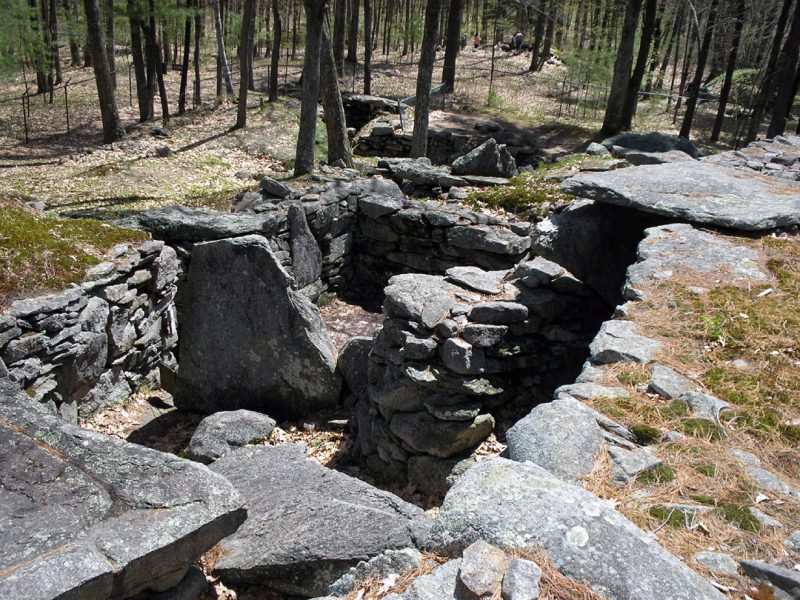
In the last few years, the rocks have become a major tourist attraction. It is attracting many “New Age” people who heard about its mysteries and who believe it is more than 1000 years old. On the other hand. it also attracts skeptics who are suggesting that the site is no more than a 100 years old and it is made by a 19-th century old shoemaker. No matter what you believe in, for $12 you are allowed inside. You can take a walk around the rocks and see some of the formations, like the “Sundeck” chamber and “V-hut”, cave-like enclosures made of huge and heavy granite slabs.
The main attraction of the place is the “Oracle” chamber. Inside there is a secret bed and a speaking tube. It is said that words spoken inside the chamber can be heard outside at the scary looking “sacrificial table”. Among the structures at the site, there are some standing stones that may have been erected to align with astronomical events.
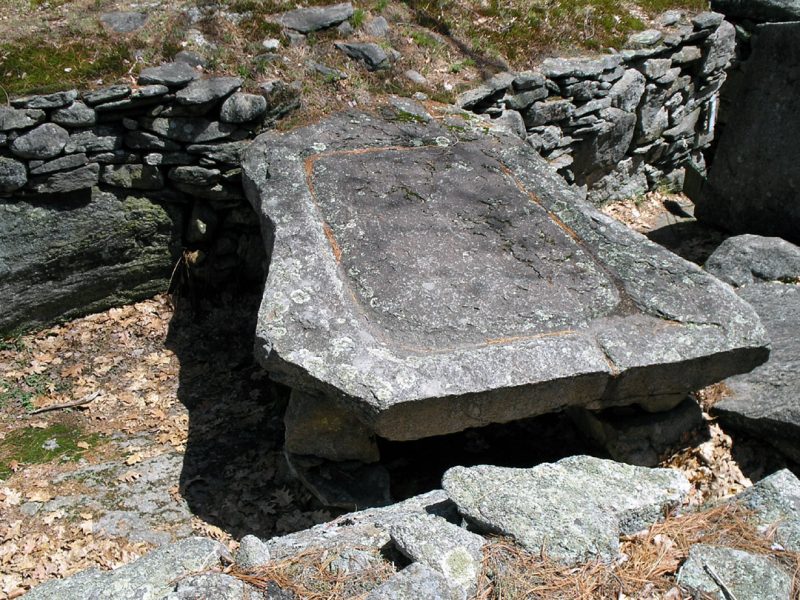
Today the owner of the Mystery Hill is Dennis Stone, he strongly believes in the claims that the place is 4000 years old. He is convinced that it is the work of Native Americans or maybe even ancient Europeans who arrived in the Americas a millennium before Columbus. Stone says:
“They actually did shaping to these. It’s like shaping an arrowhead. Stone against stone. So the technology used to take them off the bedrock and shape these stones was a stone-age technology, not a metal age technology.We think the design of the site looks more like a spiritual site. It has a huge amount of work that went into quarrying each building, but there isn’t a lot of room.”
Carbon dating of charcoal pits at the site provided dates from 2000 BC to 173 BC when the area was populated by ancestors of current Native Americans. According to scientists, this only proves that there was a fire there and nothing else is linked to human activity in that period.
Artifacts that archeologists found on the site are from the 18th and 19th centuries. For example, a much-discussed “sacrificial stone” which contains grooves that some say channeled blood closely resembles “lye-leaching stones” found on many old farms that were used to extract lye from wood ashes, used as the first step in the manufacture of soap. this is why most Anthropologists and archaeologists believe that “Mystery Hill” was probably the home of a shoemaker called Jonathan Pattee, who settled there in 1823.
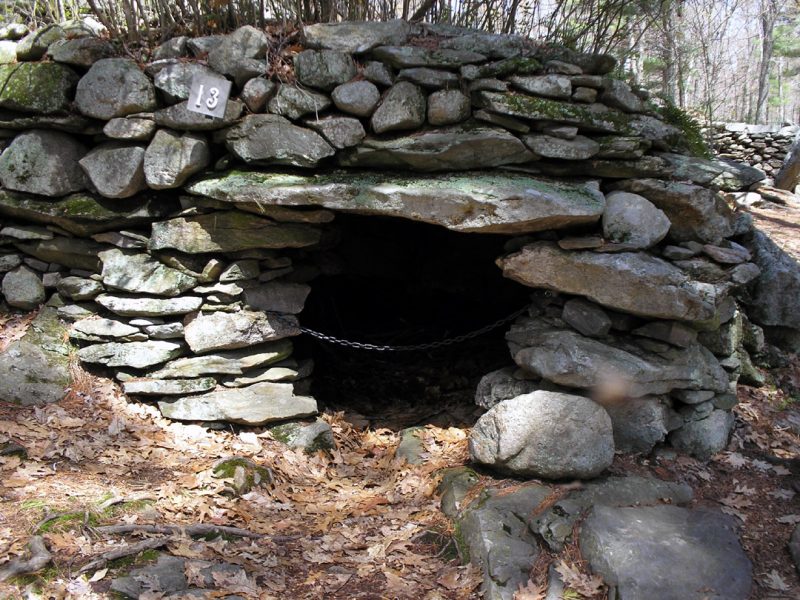
Plymouth State University archaeologist David Starbuck thinks that although “America’s Stonehenge” is provocative and controversial, it is really hard to correctly prove and determine its origin. The site was altered in many occasions, especially by its Owner William Goodwin, back in 1936. Goodwin wanted to prove that Irish monks (called the Culdees) had lived there long before Christopher Columbus came.The site has been altered by stone quarrying and by the efforts of Goodwin to move the stones to what they considered their original locations.Goodwin is probably responsible for shaping the rocks like we see them today.
Meghan Howey, an anthropological archaeologist at the University of New Hampshire, thinks the site was some kind of a colonial-era settlement. She thinks that there is a common explanation for the mystery around it:
‘People in England have an attachment to Stonehenge because it was built by their ancestors. We don’t feel a connection so we’re always looking for a connection.”
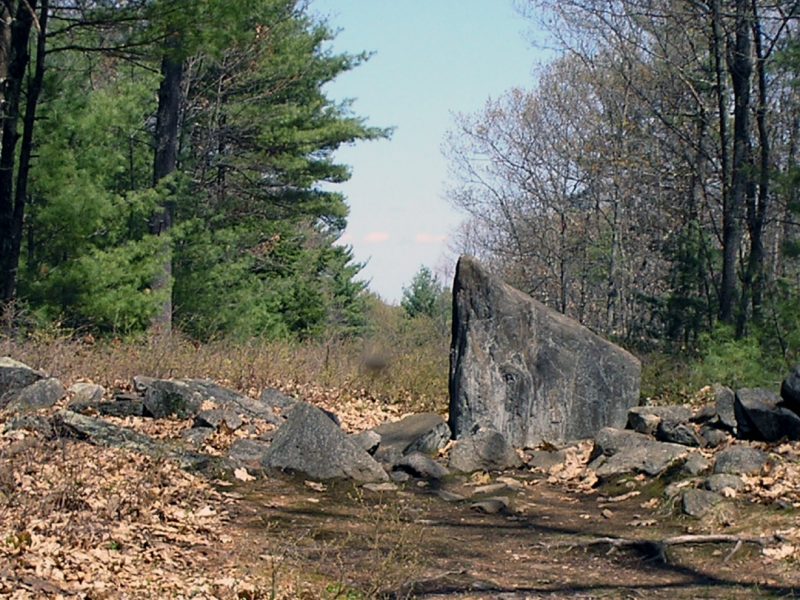
Stone isn’t really sure about who made this “monument”, but he thinks that the evidence points to something greater and not what skeptics think of the place. When asked about the people that criticise the place, he said:
“They’re kind of ignorant of all the facts of the site, I’m not saying they’re stupid. Just that they don’t know the facts.”
There are still things to be found out about this place, but whatever the truth may be, one thing is certain: If you name a place and connect it with something like Stonehenge you will have attract a lot of attention for sure. Something similar happened two months ago when a team of scientist said that they have discovered standing stones which were part of a huge prehistoric monument only two miles from Stonehenge.
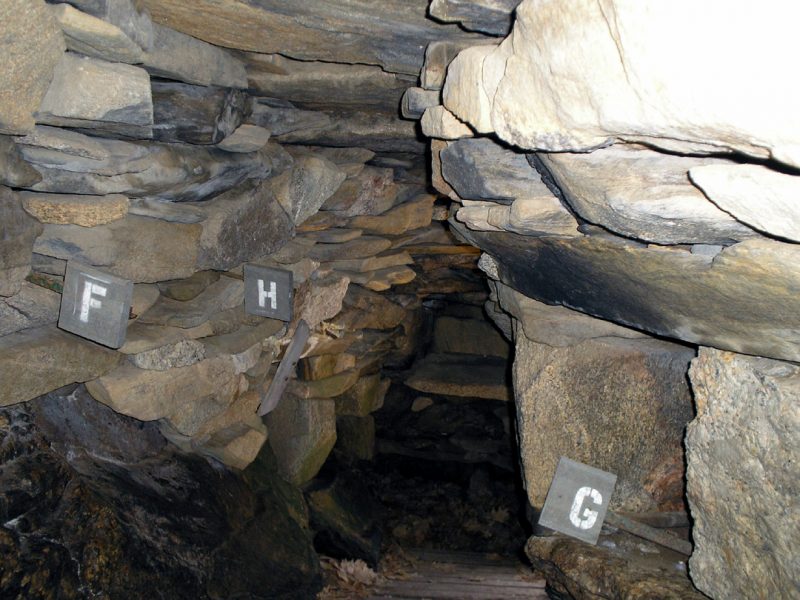
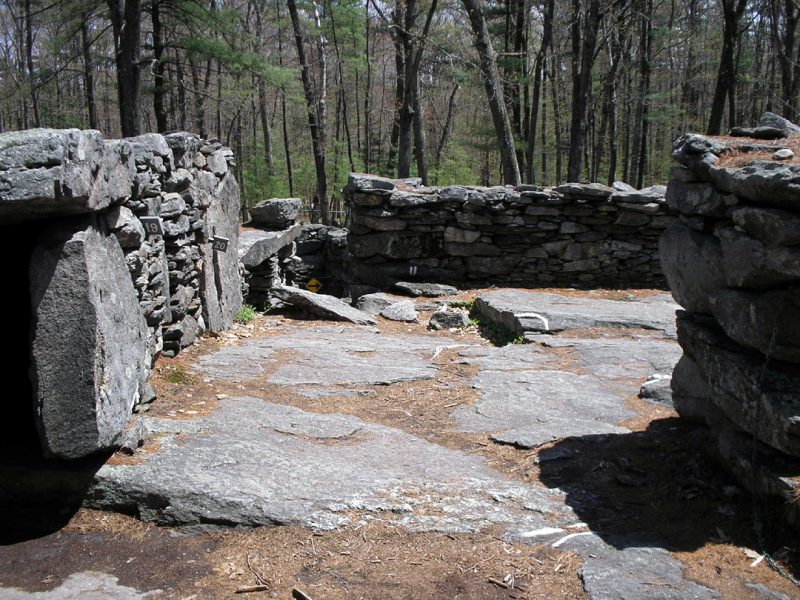
Want articles by The Vintage News delivered straight to your inbox? Subscribe to our weekly newsletter!
Source: dailymail, newenglandodities